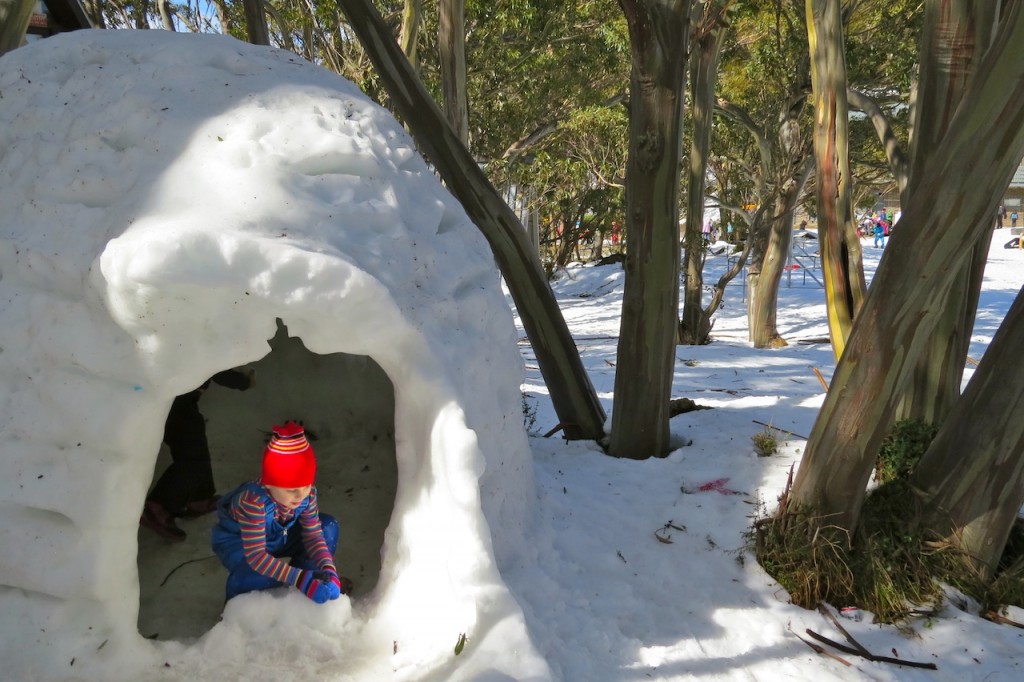Sometimes hypothermia can sneak up on you. I took my kids to play mini-golf today. We are in Melbourne, the temperature was chilly (12 degrees) and the sun was shining. It was, in short, a glorious, brisk Melbourne day. There was not a hint of ice or snow about. I thought I had dressed my little one appropriately, in jeans, a tee-shirt a jumper and with a beanie. The wind however today was up, and she soon turned a shade of blue, started to shiver, her teeth were chattering and she was miserable. She was demonstrating the signs of early hypothermia and I cut our golf game short to tend to her.
So why am I sharing this information? Firstly, to help those of you that don’t want to caged inside for the entire winter to be able to enjoy the outdoors with your kids. Nothing spoils an outing quicker than a case of hypothermia in the family. Secondly, because in extreme circumstances, hypothermia can be fatal. For those of you heading to the snow fields this year keeping your kids safe in the cold means knowing how to prevent hypothermia developing, recognising it if it does develop, and knowing what to do to manage it.
Hypothermia
Hypothermia means a reduction in core body temperature below that which allows the body to function properly (35ºC). Hypothermia does not require freezing temperatures to occur however it is riskier the colder, wetter, and windier it is. Children are more likely to get hypothermia the longer they are exposed to the cold and if they are not dressed appropriately (I was a bad mum today!). Exposure to cold water is a particular risk. Symptoms of hypothermia include feeling cold, pale skin, shivering, loss of concentration, drowsiness, confusion, dizziness, slurred speech. Obviously some of these symptoms are hard to determine in babies and small children who don’t have the verbal skills needed to communicate exactly how their feeling.
Prevention of hypothermia
Prevention of hypothermia is key. If I’d had my wits about me today I wouldn’t have forgotten my daughters winter jacket and our golf game wouldn’t have been cut short.
- Dress your child warmly in multiple layers. These may include: thermal underwear, skivvies, jumpers, water-proof clothing, hats, gloves and boots. Cover extremities!
- Keep your child dry. If they become wet bring them inside to warm and change them.
- Bring your child inside to warm up intermittently. Tempt them inside with warm beverages such as soup or hot chocolate.
- Limit the time outside according to weather conditions.
Treatment of hypothermia
If you suspect that your child has hypothermia, and they don’t respond quickly to the below attempts to warm them up then seek attention from a doctor. In the meantime:
- Bring the child inside and remove wet clothing.
- Give the child a warm (not hot) bath.
- Dry the child and put them in warm clothes including a hat.
- Put them in bed covered with blankets.
- Avoid massaging the skin.
You may also be interested in the articles:
Snow play at Mount Baw Baw Alpine Resort.
Visiting the snow with kids. How to save money.
Tips for vacationing in the snow
© Copyright 2016 Danielle, All rights Reserved. Written For: Bubs on the Move



